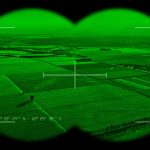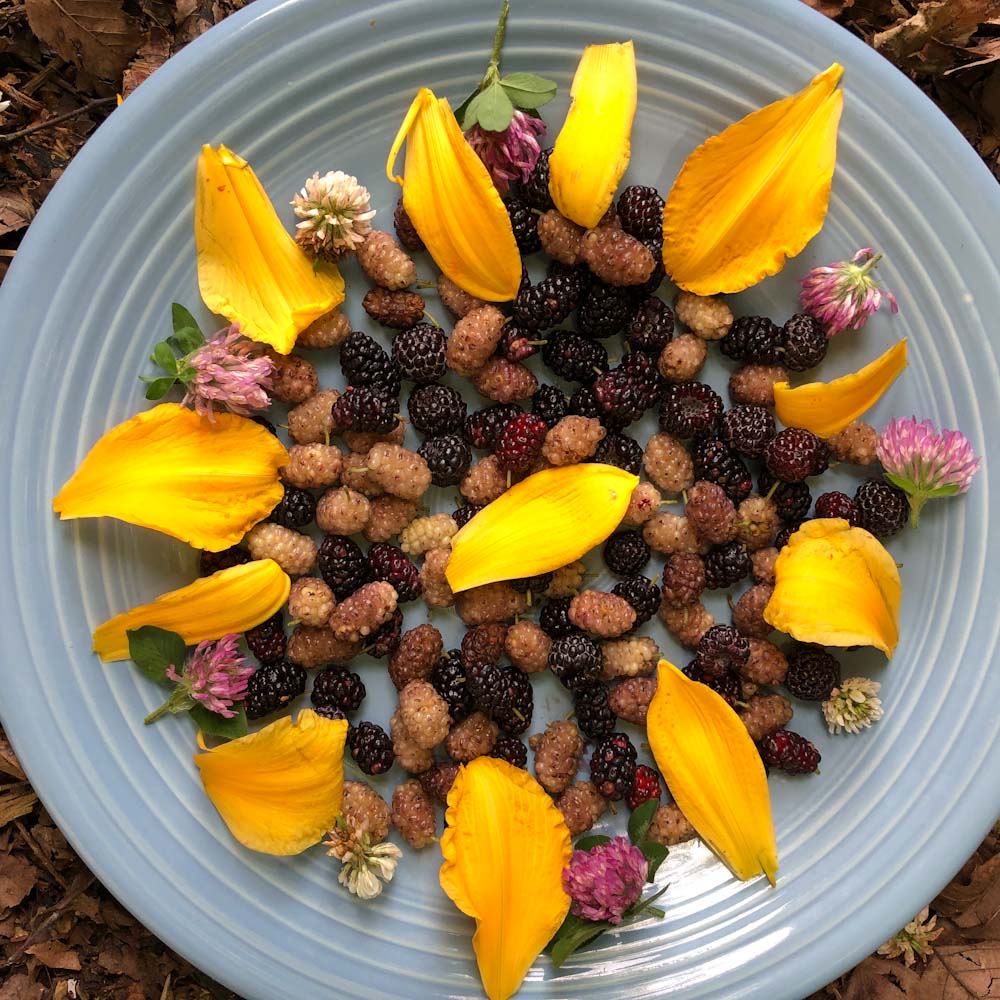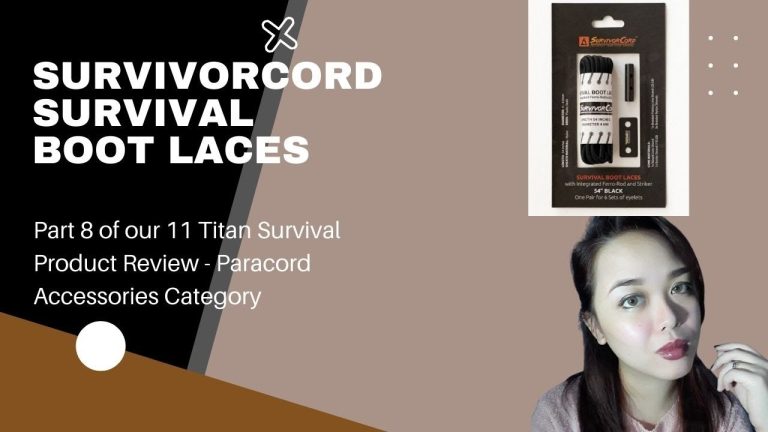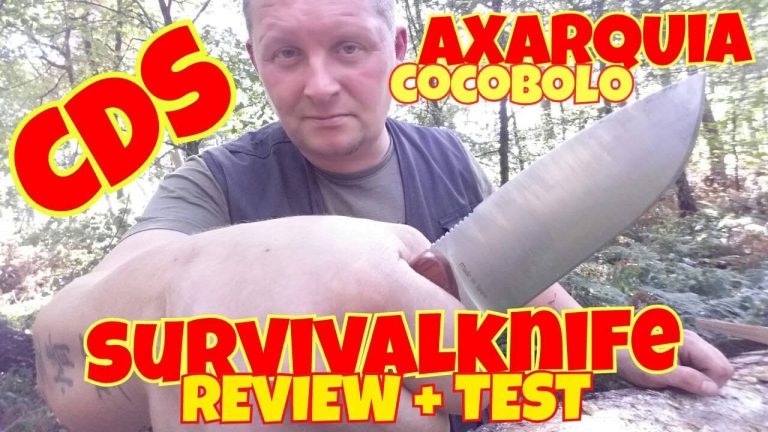A Guest Post by Certified Master Naturalist, Craig Caudill
Don’t you wish you could go back to the “good ole days” when life was much simpler and not as complex? I get that question a lot due to the work I am engaged in as a day-to-day wilderness and backcountry skills instructor. Most certainly, I think the majority of us want more simplicity in our lives. One of the things that made those “good ole days” simpler was more self-reliance. One of those things we are doing with OutdoorCore is helping you do exactly that. When I got this great opportunity to work with OutdoorCore, I wanted my first order of business to be all about helping what we lovingly refer to at my house as the “rumbly in the tumbly.” Whether your stomach is not feeling well because you are hungry or because you are ill, I wanted to help you solve some of those issues naturally and build your self-reliance at the same time. In this piece here, I wanted to tell you about the courses and pull out some nuggets from each and give them to you here.
HOW TO STUDY WILD EDIBLE PLANTS
Our first course was Introduction to the Study of Edible and Medicinal Plants. This course has seen great success, and we are fortunate to have received many great reviews and feedback from it. I am a Certified Master Naturalist, and my intention with this course was to give you the keys to start sourcing food and medicine wherever you find yourself. I discussed my three favorite resources on this topic, which includes (this is the first nugget, you will love these books!)
Resources are great, but if you are like me, I can get lost in them very easily. That is why I also dedicate a whole lesson in this course and show you how to effectively and efficiently use the resources for maximum information. I also include lessons on how to use popular phone apps, as well. I consider phone apps an indispensable back-up resource for identifying food and medicine.
Consider these Online Courses!
WILD EDIBLE PLANTS AS MEDICINE

Our second course was Edible
and Medicinal Trees: Winter Season. Yes, you can eat different parts of many
trees. Many are tasty, and even more are
full of nutrition and useful minerals. I
do love my time spent in any wilderness. I added portions to several of these
lessons on how to forage for food in urban and suburban areas. Included in this course are several recipes
that you can either save as PDFs or print out and keep. I will be adding to this course through each
season of the year, so you can plan on seeing a lot more coming from it.
One quick nugget from that class is the usefulness of the “berries” attached to Juniperus virginiana (eastern red cedar). These are not berries. They are, in fact, cone-like organisms. Just a few “berries” in the bottom of a bottle covered with olive oil, for example, and you have a great oil to put on meat for a rub, or to put on a salad. They are a great source for vitamin C, have flavonoid antioxidants, and various other chemical compounds that serve as protective properties for us. A great one to know how to find and utilize. I go into detail in the course on how to do all of that.
THE STUDY OF TREES AND IDENTIFYING THEM
I must go ahead and admit to you that I am a complete and total tree nerd. I have been around and utilized trees my entire life. Whether it was for hunting squirrels under, cutting for firewood, or sourcing beechnut for a pie, I love knowing my trees. However, most of the year, there are no leaves on, which makes it seem more difficult to identify them. You will find out how untrue that last statement is after you dig into our third course, which is Winter Tree ID for Survival and Bushcraft. I take you through the myriad of ways you can ID trees even when the leaves are dropped and gone away from the trunk. Identifying trees in the winter is much easier to do once you have a grasp of the different shapes and sizes of bark, buds, fruit, flowers, and more that you can still find hanging around in the winter. This is important information for anyone who does survival or bushcraft when the leaves are off. Why not choose the best wood for food, bushcrafter hammers, fire building, and more? That is the second part of this course that is so valuable. I also go over some common uses for survival and bushcraft for each species.
With that said, here are a few quick ID hints and helps:



Yes! The woods are
FULL of these types of identifying features.
You need to know how to look for them.
If you jump into this course, I can help you do exactly that. So come on, join in, let’s learn together!
Craig Caudill is an accomplished woodsman, author, podcaster and educator on topics in, and related to, the great outdoors. He has served as a backcountry skills instructor for the Department of Defense, first responders on the federal, state and local level as well as thousands every-day folks like you and me. He is a certified Master Naturalist and brings a lifetime of outdoors experience and practical wisdom to his courses here at Outdoor Core. Craig is the Director/Lead Instructor of Nature Reliance School, headquartered in Central Kentucky. You can reach Craig at www.naturereliance.org.


















